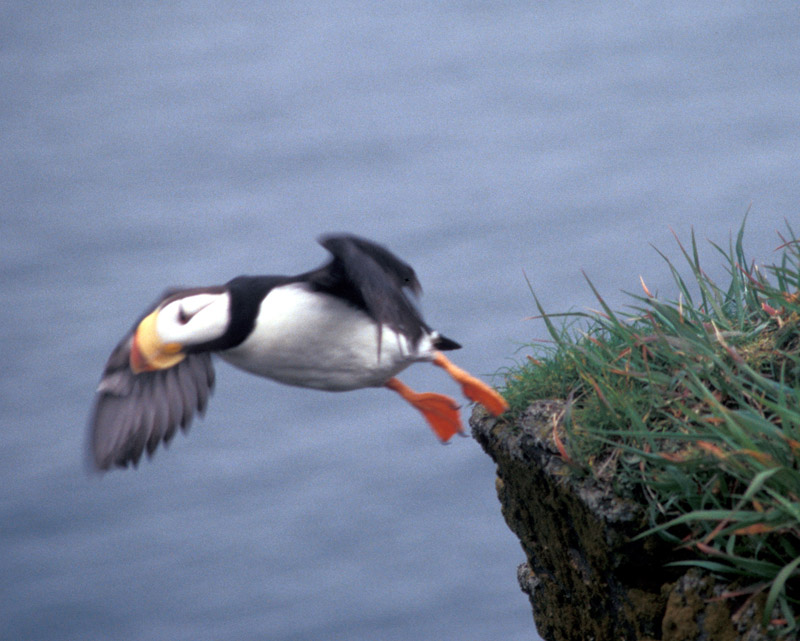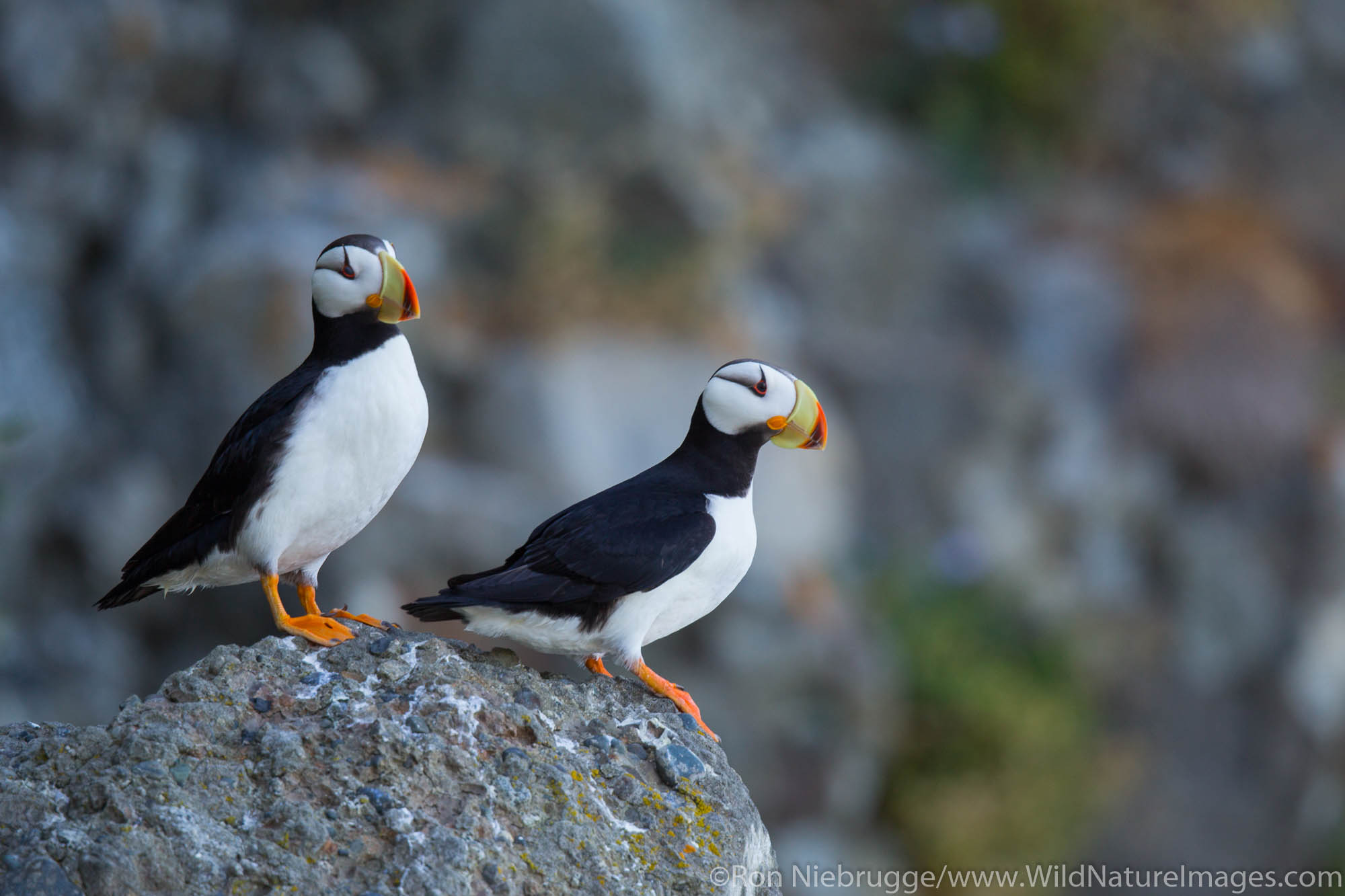

I heard rumors that it had a puffin rookery. It’s an island that’s 5 miles off of the coast, that even the locals never go to. The place is right out of an adventure story. The owner of the local Skidoo-snowmobile, all-terrain-vehicle shop (a big business in Nome) had a 16 foot custom made skiff that took us out to seldom-visited Sledge Island. In 2009, scientists estimated the number of nests to be 1.1 million, and number of individuals there is estimated to be up to 4 million.My thanks to Carol and Jim Dory whom I met on flickr! :-)Ĭarol and Jim introduced me to many of the local community of Nome, a town which reminds me of my own childhood small town. The largest single puffin colony in the world is in Westmann Isles, islands that belong to Iceland. Iceland is the home to most of the Atlantic puffins with about 10 million individuals. Puffins in captivity have been known to breed as early as three years of age.Īfter breeding, all three puffin species winter at sea, usually far from coasts and often extending south of the breeding range. After fledging, the chicks spend the first few years of their lives at sea, returning to breed about five years later.
HORNED PUFFIN PATCH
The incubating parent holds the egg against its brood patch with its wings. The female lays a single egg, and both parents incubate the egg and feed the chick (or "puffling"). Puffins form long-term pair bonds or relationships. Where rabbits breed, sometimes Atlantic puffins breed in rabbit burrows. The eggs of the Atlantic puffin are typically creamy white but the odd egg is tinged lilac. The Atlantic puffin burrow is usually lined with material such as grass, leaves and feathers but is occasionally unlined. The nesting substrate of the tufted and Atlantic puffins is soft soil, into which tunnels are dug in contrast the nesting sites of horned puffins are rock crevices on cliffs. Horned puffin burrows are usually about 1 meter (3.3 feet) deep, ending in a chamber, while the tunnel leading to a tufted puffin burrow may be up to 2.75 meters (9.0 feet) long. Both sexes of the horned puffin help to construct their nest. The male Atlantic puffin builds the nest and exhibits strong nest-site fidelity. Puffins breed in colonies on coasts and islands several current or former island breeding sites are referred to as Puffin Island. This behaviour is made possible by the unique hinging mechanism of their beak, which allows the upper and lower biting edges to meet at any of a number of angles. This allows them to take longer foraging trips, since they can come back with more food energy for their chick than a bird that can only carry one fish at a time. The puffins are distinct in their ability to hold several (sometimes over a dozen) small fish at a time, crosswise in their bill, rather than regurgitating swallowed fish. The prey species of the Atlantic puffin include the sandeel, herring and capelin. Like many auks, puffins eat both fish and zooplankton, but feed their chicks primarily with small marine fish several times a day. They fly relatively high above the water, typically 10 m (33 ft) as compared with the 1.6 m (5.2 ft) of other auks. The colourful outer part of the bill is shed after the breeding season, revealing a smaller and duller true bill beneath.Īlthough the puffins are vocal at their breeding colonies, they are silent at sea. The bill appears large and colourful during the breeding season. The head has a black cap, the face is mainly white, and the feet are orange-red. The puffins are stocky, short-winged and short-tailed birds, with black upper parts and white or brownish-grey underparts.

In the air, they beat their wings rapidly (up to 400 times per minute) in swift flight, often flying low over the ocean's surface. Their short wings are adapted for swimming with a flying technique under water. They shed the colorful outer parts of their bills after the breeding season, leaving a smaller and duller beak. All puffin species have predominantly black or black and white plumage, a stocky build, and large beaks. The fourth species, the Dow's Puffin, went extinct 12,000 years ago. Two species, the tufted puffin and horned puffin, are found in the North Pacific Ocean, while the Atlantic puffin is found in the North Atlantic Ocean. They breed in large colonies on coastal cliffs or offshore islands, nesting in crevices among rocks or in burrows in the soil. These are pelagic seabirds that feed primarily by diving in the water. Puffins are any of four small species of alcids (auks) in the bird genus Fratercula with a brightly coloured beak during the breeding season. Tufted: Arctic Foxes, Bald Eagles, Peregrine Falcons, Snowy Owls Powered flight coupled with ungainly waddling & powered swimming This page uses Creative Commons Licensed content from Wikipedia ( view authors).


 0 kommentar(er)
0 kommentar(er)
